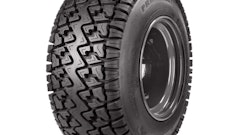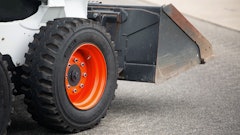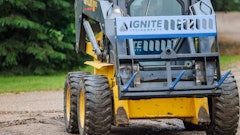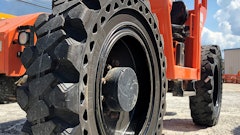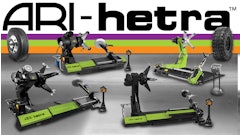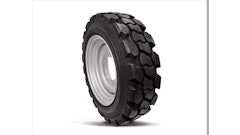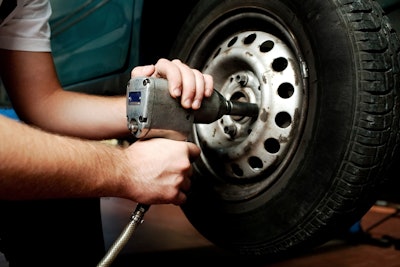
As commercial vehicle braking and safety technology advances, ensuring interconnected components are in good working condition becomes more important – and that includes tires. With National Tire Safety Week (May 28-June 3) coming up, Bendix Commercial Vehicle Systems LLC stresses that proper tire care has a direct impact on the effective operation of higher-level safety systems, from brakes to collision mitigation.
“If you think of the approach to safety system maintenance like a hierarchy, tire upkeep – much like the actual tires on a vehicle – is the foundation upon which other systems rest,” said Jon Intagliata, Bendix’s product manager for Tire Pressure Monitoring Systems (TPMS). “Getting the best performance from drum brakes, air disc brakes, full-stability systems, and advanced driver assistance technologies requires tires that are in good shape and at the correct inflation pressure.”
Under pressure
Maintaining the right tire inflation is critical for several reasons. Because underinflated tires experience higher temperatures and greater stress, they present an increased risk of failure. Industry research has indicated that about 90% of tire blowouts can be traced to underinflation, and almost half of all emergency service road calls are tire-related.
According to research by the American Trucking Associations’ Technology & Maintenance Council (TMC), underinflation by 20% results in a 30% reduction in tire life.
“Advanced safety technologies really do rely on maintenance of basic components like tires to ensure best performance on the road,” Intagliata said. “If you’ve invested in systems that help prevent or mitigate forward collisions, or that intervene through braking power to help prevent rollovers, the last thing you want is to reduce their effectiveness through something as easily preventable as poorly inflated tires.”
“Another pressure-related issue is that of dual-tire imbalance,” Intagliata said. “When you’ve got a pair of tires side-by-side on an axle, if one is running at a lower pressure, it’s essentially got a different circumference than its neighbor – which means that as the axle rotates, that tire’s going to drag and experience excess wear, increasing the chance that it’s going to fail prematurely.”
Uptime and fleet strategies
Fuel and tires are typically among a fleet’s largest expenses – underinflation by as little as 10% can result in a 1.5% drop in fuel economy, according to the TMC – so increasing mileage and tread life pays off. A tire pressure monitoring system helps on both fronts, but also helps address tire-related downtime costs. Real-time information provided to drivers and maintenance technicians warns of tire problems in advance, eliminates the need for manual pressure checks, and makes inspections and maintenance more efficient.
Also worth noting: Underinflated tires are a Compliance, Safety, Accountability (CSA) inspection violation, which can impact a fleet’s CSA scoring.
“Tire inflation is just about the most basic form of maintenance there is, but not paying the right attention to it can have serious effects on several levels of vehicle and fleet safety,” Intagliata said. “Tire Safety Week is a good time to talk about it, but fleets and drivers need to keep it in mind every day, on and off the road.”
Bendix Commercial Vehicle Systems, a member of the Knorr-Bremse Group, develops and supplies leading-edge active safety technologies, energy management solutions, and air brake charging and control systems and components under the Bendix® brand name for medium- and heavy-duty trucks, tractors, trailers, buses, and other commercial vehicles throughout North America.

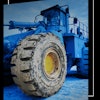

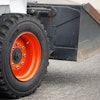
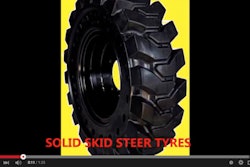

![[VIDEO] Camso Tires Reinvents Construction Tire Line](https://img.forconstructionpros.com/files/base/acbm/fcp/image/2017/03/default.58c2b0728debe.png?auto=format%2Ccompress&fit=crop&h=167&q=70&w=250)




